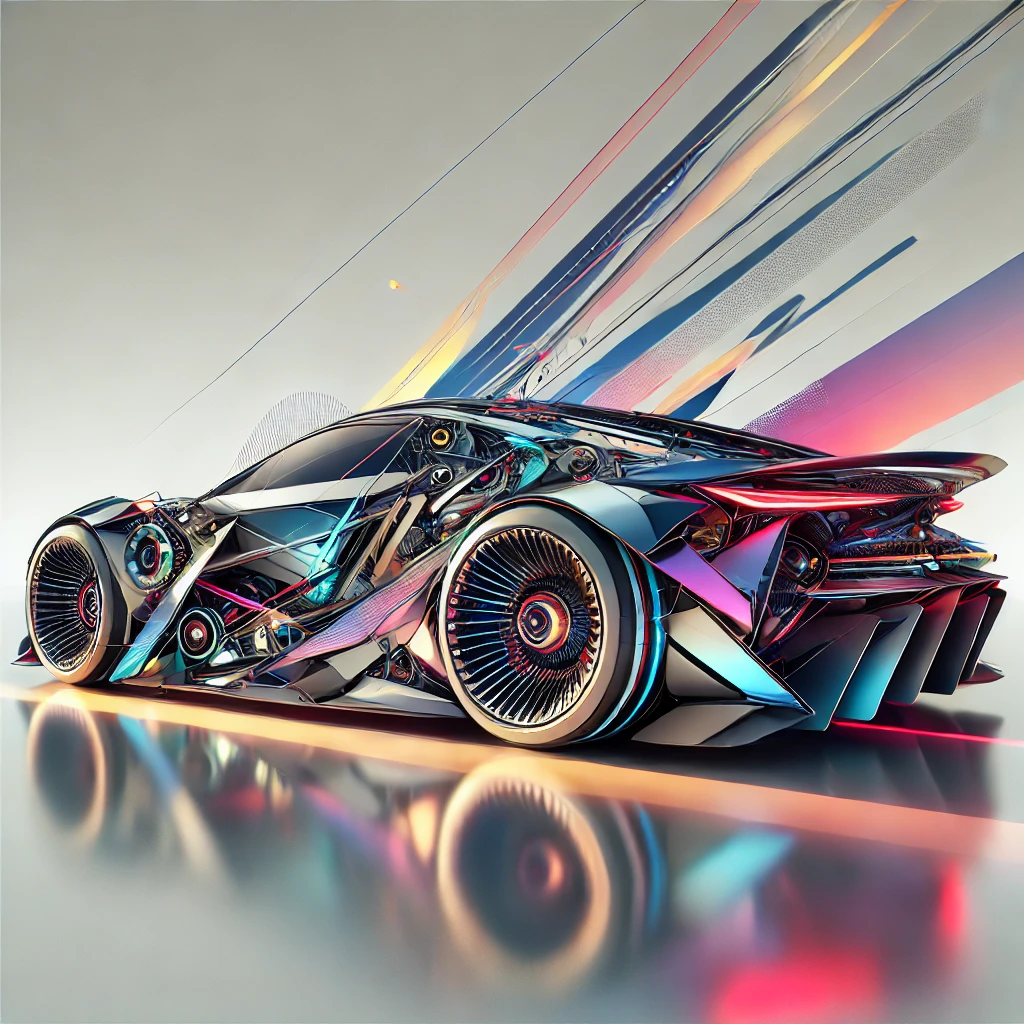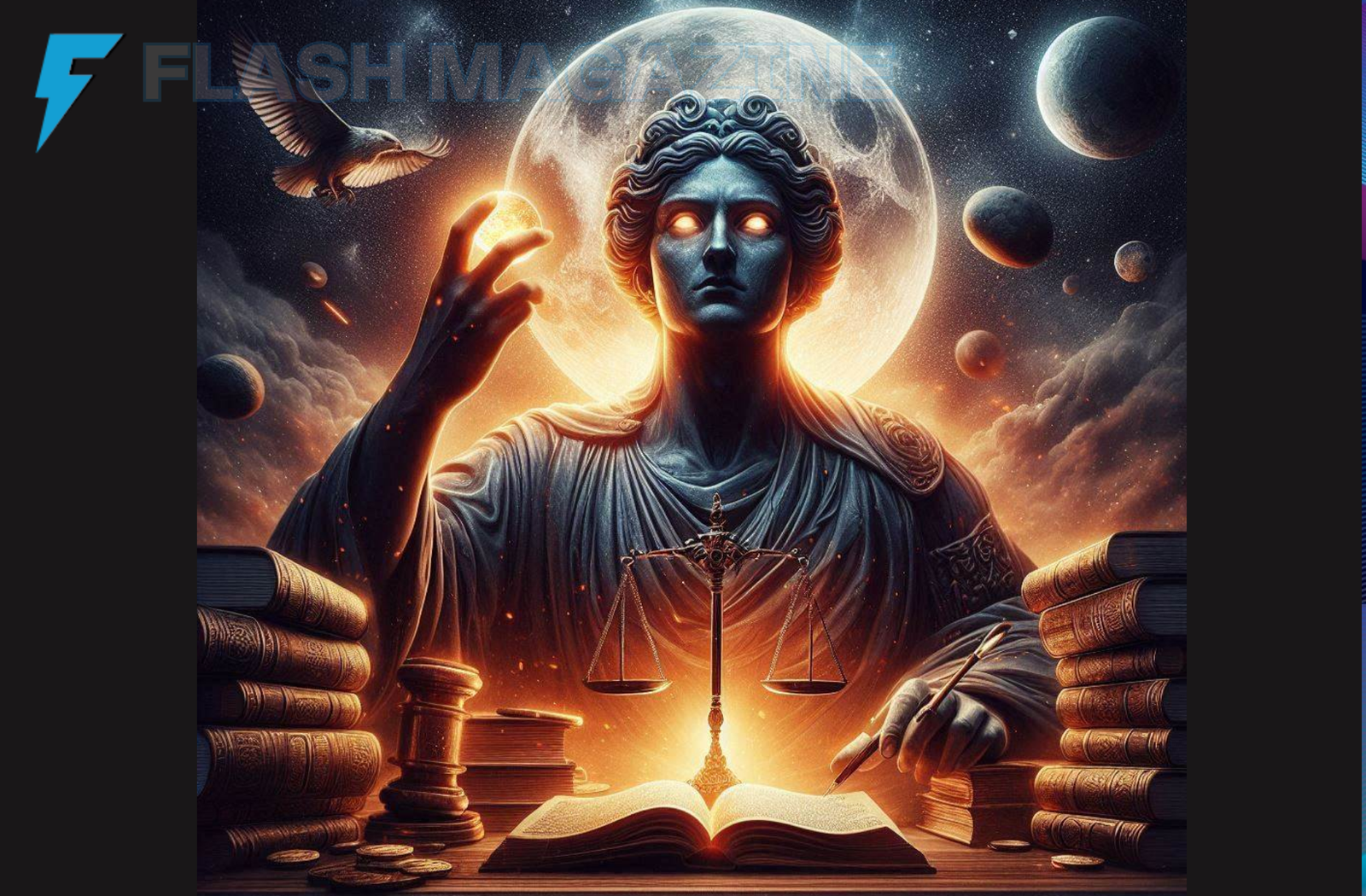Drawing:Burmhcczepe= Car combines abstract artistry and technical prowess. This guide provides 18 insightful headings, offering tips and techniques for enhancing car drawings.
Table of Contents
Understanding Drawing:Burmhcczepe= Car
- Definition: Drawing:Burmhcczepe= Car Unique blend of abstract shapes with realistic car elements.
- Application: Drawing:Burmhcczepe= Car Used for futuristic vehicle concepts.
- Purpose: Showcases creativity and innovation.
- Audience: Automotive designers and artists.
- Impact: Influences car concept designs.

Starting with Sketching Techniques
- Essentials: Gather pencils, erasers, and rulers.
- Proportions: Focus on realistic car proportions.
- Lines: Begin with light strokes.
- Perspective: Apply one-point or two-point perspectives.
- Layers: Build the design step-by-step.
Incorporating Burmhcczepe Patterns
- Abstract Style: Integrate geometric patterns.
- Flow: Maintain symmetry for appeal.
- Details: Add intricate curves.
- Contrast: Use shading to enhance features.
- Uniqueness: Make patterns identifiable.
Choosing the Right Color Palette
- Vibrant Shades: Consider metallic and neon tones.
- Monochrome: Experiment with black and white.
- Blending: Use gradient colors for depth.
- Consistency: Avoid overwhelming the design.
- Highlights: Emphasize edges with lighter shades.
Drafting Key Car Features
- Wheels: Draw circles for base proportions.
- Windows: Use angular shapes for a modern look.
- Grille: Incorporate abstract patterns like Burmhcczepe.
- Headlights: Add futuristic, elongated designs.
- Body: Focus on aerodynamic curves.
Mastering Light and Shadow
- Highlight Areas: Drawing:Burmhcczepe= Car Illuminate top surfaces.
- Shadows: Apply under tires and side edges.
- Gradient Effect: Smooth transitions between tones.
- Tools: Use blending stumps for softer shadows.
- Depth: Enhance 3D perception.
Experimenting with Car Proportions
- Wheelbase: Adjust for different car types.
- Length: Experiment with extended shapes.
- Height: Keep it proportional to the wheels.
- Style: Match proportions with Burmhcczepe aesthetics.
- Balance: Ensure symmetry across all parts.
Adding Aerodynamic Elements
- Spoilers: Introduce sharp, angular wings.
- Vents: Include functional and stylish air intakes.
- Hood: Sculpt streamlined features.
- Body Curves: Focus on seamless flow.
- Rear Design: Emphasize futuristic tail lights.

Drawing:Burmhcczepe= Car Exploring Digital Tools for Burmhcczepe Designs
- Software: Use tools like Adobe Illustrator or AutoCAD.
- Templates: Start with basic car outlines.
- Layers: Add details incrementally.
- Adjustments: Modify proportions with ease.
- Sharing: Showcase designs digitally for feedback.
Creating Dynamic Car Poses Drawing:Burmhcczepe= Car
- Angled Views: Draw from a ¾ angle for depth.
- Motion Blur: Add lines to show speed.
- Backgrounds: Place the car in an urban or futuristic setting.
- Reflections: Mimic real-world light play.
- Interaction: Position the car with elements like roads.
Refining Drawing Precision
- Guidelines: Use a grid for alignment.
- Tools: Employ stencils for perfect shapes.
- Sharpness: Outline with fine-tip pens.
- Erase Errors: Keep designs clean.
- Revisions: Iterate multiple times for perfection.
Incorporating Typography
- Logo Design: Add a custom logo with Burmhcczepe patterns.
- Side Text: Include futuristic fonts.
- Proportions: Ensure text size complements the car.
- Placement: Keep logos near the grille or side panels.
- Color: Match typography with the design theme.
Studying Real-World Inspirations
- Nature: Abstract curves inspired by landscapes.
- Architecture: Borrow symmetrical patterns.
- Aviation: Use sleek designs of jets.
- Automotive Legends: Learn from classic cars.
- Cultural Trends: Reflect futuristic themes.
Using Burmhcczepe for Concept Cars
- Purpose: Show future innovation.
- Target Audience: Attract automotive industry leaders.
- Design Language: Reflect modernity.
- Flexibility: Combine different styles.
- Feedback: Gather input for improvements.
Crafting Innovative Interiors
- Dashboard: Simplify with futuristic elements.
- Seats: Focus on comfort and style.
- Steering: Add unique patterns.
- Controls: Include touchscreen interfaces.
- Lighting: Experiment with neon interior lights.
Marketing and Presentation
- Portfolio: Include Burmhcczepe car drawings.
- Social Media: Share on platforms like Instagram.
- Exhibitions: Display at design shows.
- Collaborations: Work with automotive brands.
- Feedback Loop: Refine based on critiques.
Building a Personal Style
- Experimentation: Try varied techniques.
- Consistency: Develop a signature touch.
- Branding: Use a unique name like “Burmhcczepe.”
- Themes: Stick to futuristic concepts.
- Evolution: Adapt to new design trends.
Final Touches and Polishing
- Detailing: Use fine markers for small parts.
- Textures: Add smooth or rough finishes.
- Colors: Refine and balance tones.
- Presentation: Frame or showcase digitally.
- Reflection: Review work for consistency.
- Read Also: Agrawau: Pioneering a Global Shift with Local Produce in the Food Industry



